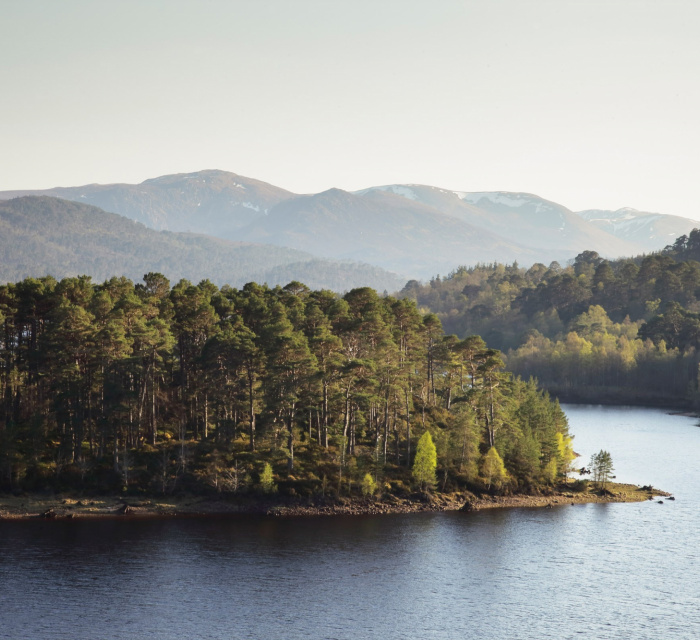Was making surfboards a natural progression of your creative practice or did you intentionally set up a surfboard-making business?
The first surfboard I made came from “I love making things out of wood, I love surfing, and the surfboards I’ve got keep falling apart and I’m pretty sure I could make something out of wood that lasts longer.” So for a couple of years, I went through a process of figuring out the best way to make a surfboard from wood. The entrepreneurial business side of things runs in the family, so the notion of making your own way in life wasn’t new to me; I was lucky enough to have people behind me that saw the value in just having a go, but who also could lend their experience and advice. After making surfboards for just myself on evenings and weekends, I was like, “right, I’m young enough that I don't have any dependants, I don’t have a mortgage, I don’t have those financial commitments, I just don’t have a lot to begin with, but, let's give it a go”. My family has always shown me unwavering support as I ventured down the path of building a life out of what I love doing.
So I made my first surfboard in 2008 and have now been making boards for over ten years, and I’ve been running the company since the end of 2010.
Even though you had that support network around you, was setting up a business still quite daunting?
Yeah, yeah. It still is to this day. But that can be quite exciting because it always has you assessing your business and processes and how to better them. Running a business, you are constantly problem-solving, and like with any small business, there have been some tough times, but I can’t ever imagine my life without it. And it’s not just me; the workshops have had such a positive impact on other people's lives too that it would be a shame not to be able to offer that anymore. That's the bit I’d be most sad about if I didn’t continue to do what I do.
Could you tell us a bit more about your journey and the impacts your surfboard-making workshops have had on people?
When I first started making surfboards, I put them out in some local galleries and tried getting a little press around them, and as a result, someone locally came to see me. We spent about three hours and a couple of cups of tea together, and he told me that he loved my surfboards but that he really wanted to make his own. This got me thinking: surely he's not the only person who wants to make their own surfboard. Working with him allowed me to develop a structure that I could turn into a course. That process of working through things with him stirred up all the emotions of making my first board again because I watched him go through them: the excitement, the anticipation, the creativity, the need to be completely focussed. You could see the impact this process had on him, but it also gave me a lot as well; I hadn't expected such a rewarding feeling through sharing that experience.
Through doing more workshops, I started to see patterns of how people were affected by them. Realistically, not many people stop for five days; not many people let themselves go into a different mental state for five days; not many people take the time to slow down and reflect on themselves. For a lot of people, the workshops have helped them make changes in their lives for the better. It’s mad when you hear about it happening. Of course, I know it isn’t wholly because of us – it comes from them as individuals – but even to be that small spark or instigator for positive change is incredible. And in addition to allowing time and space for those reflections, at the end of the course, the workshoppers can stand back and see a physical representation of those days in front of them – a tangible object that represents five days of hard work.
And the workshops are just as memorable for me as they are for the people who do them. People tend to have memorable markers in a year, and for me those are the workshops we run. I can’t remember what the hell happened in 2013, for example, yet I can name every person who came through the workshop that year. So early on, I decided to make the workshop courses my focus. Even though we also make custom boards, the courses are our primary business; one, there’s demand for it, and two, I get so much back from it.












































